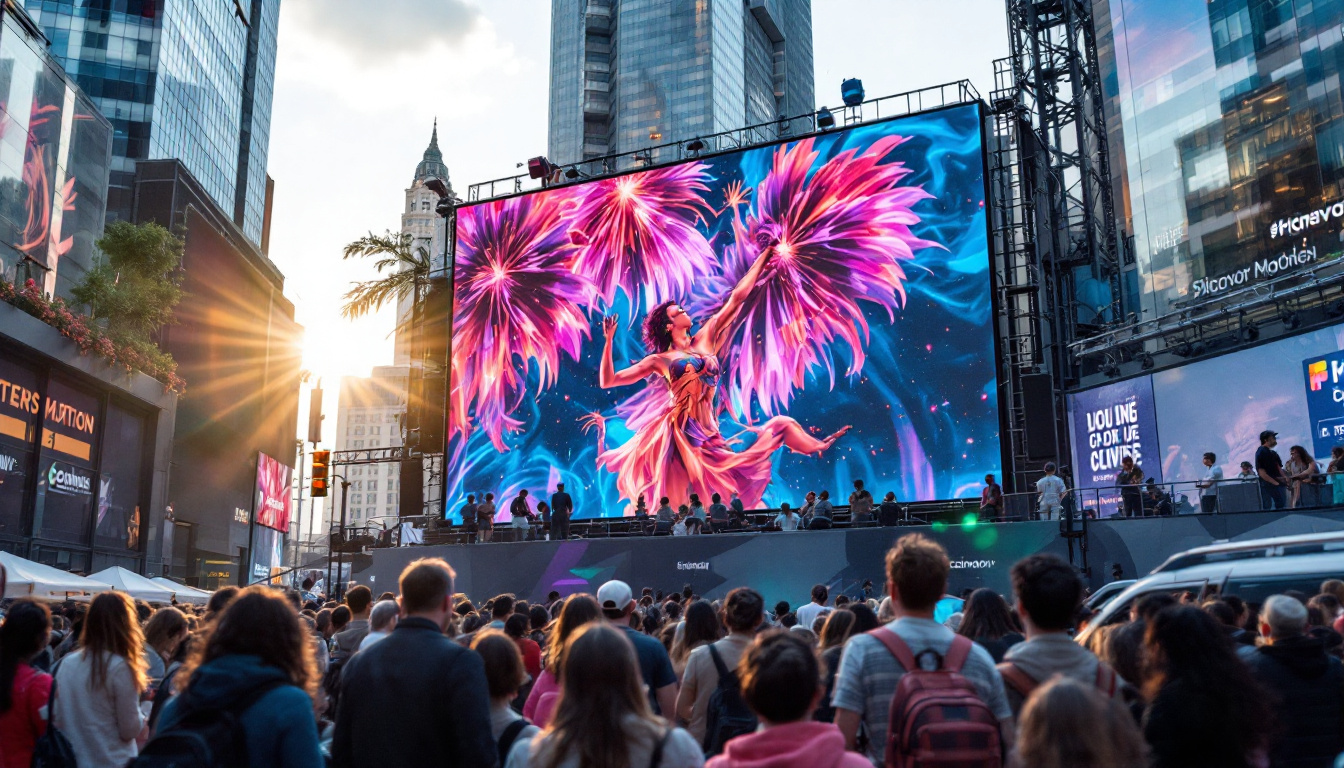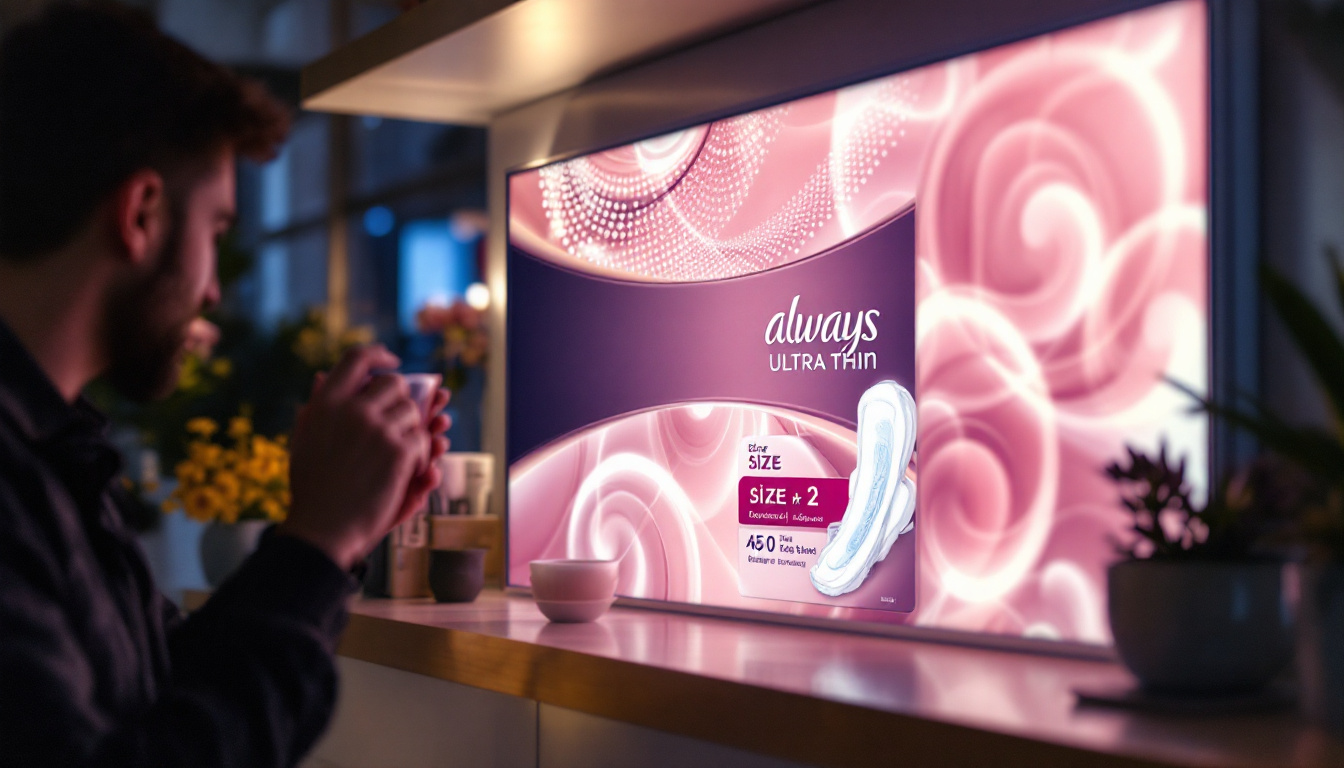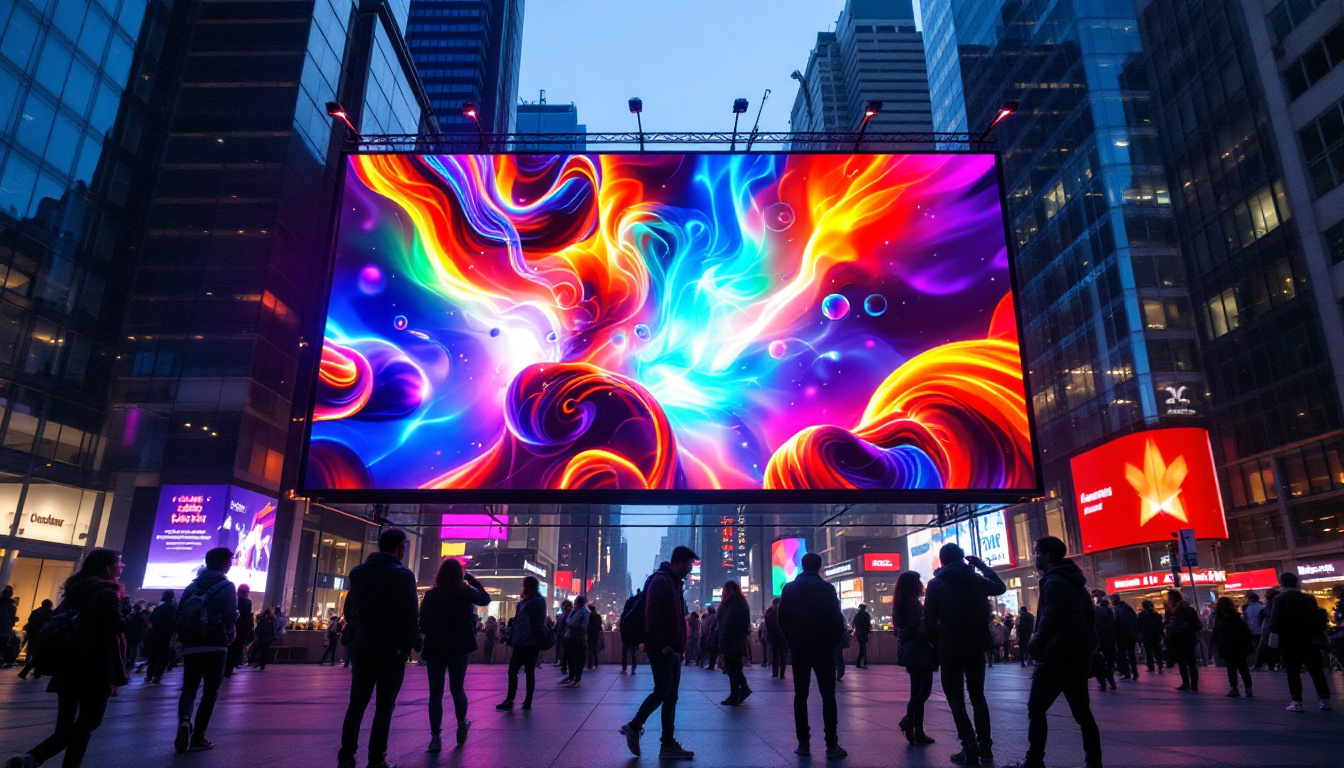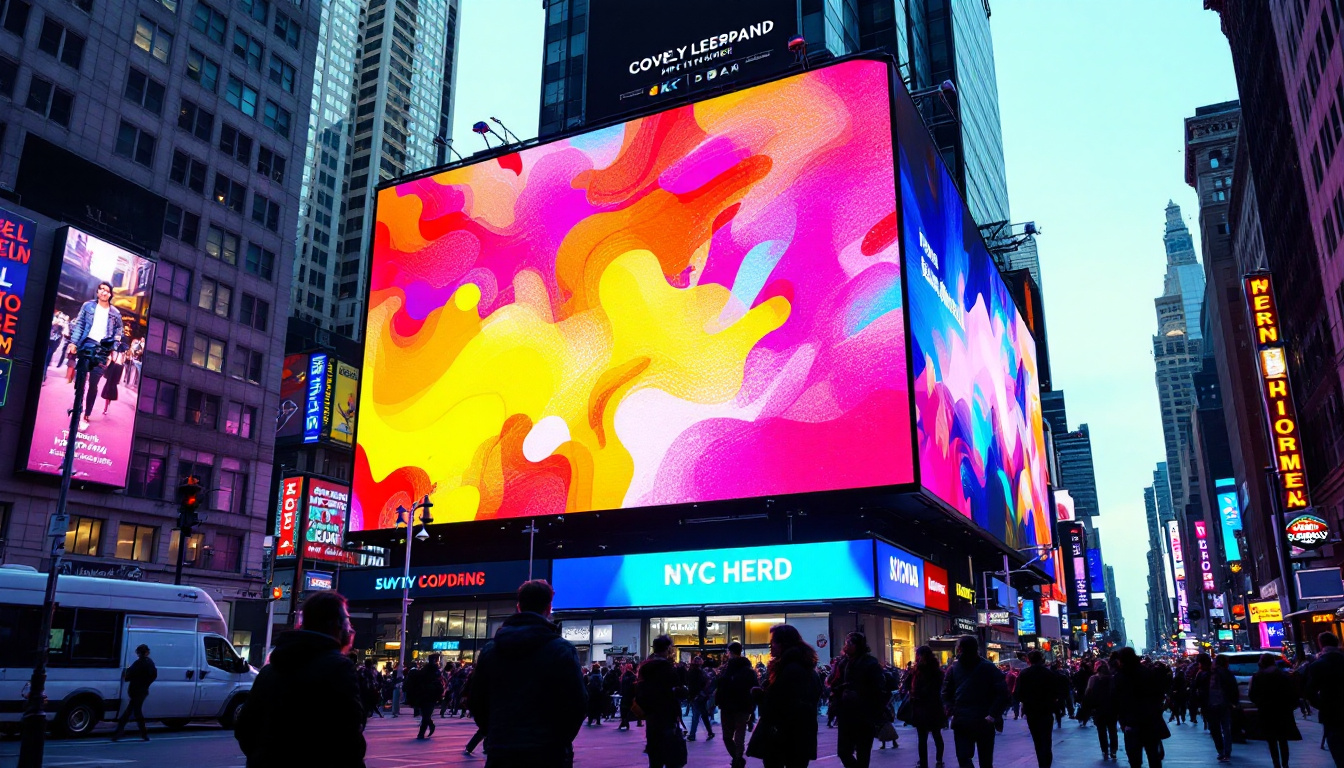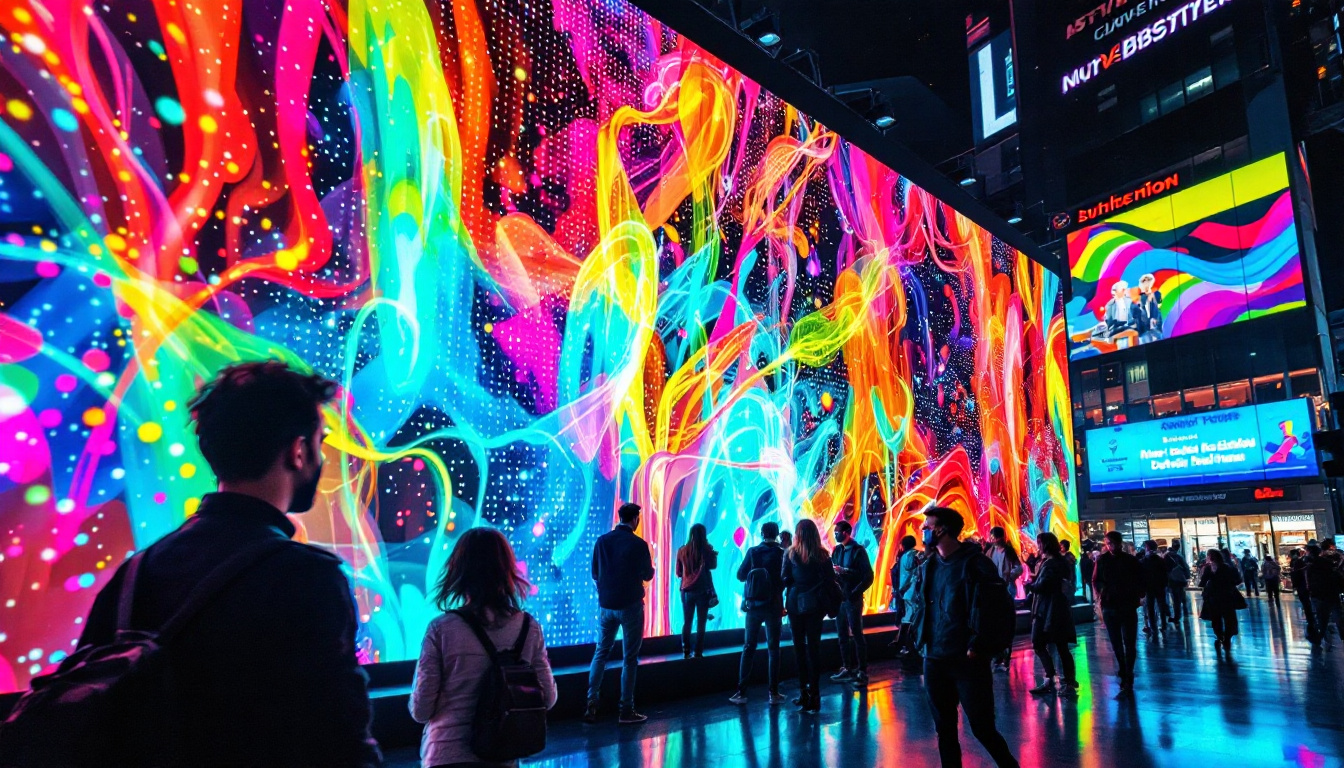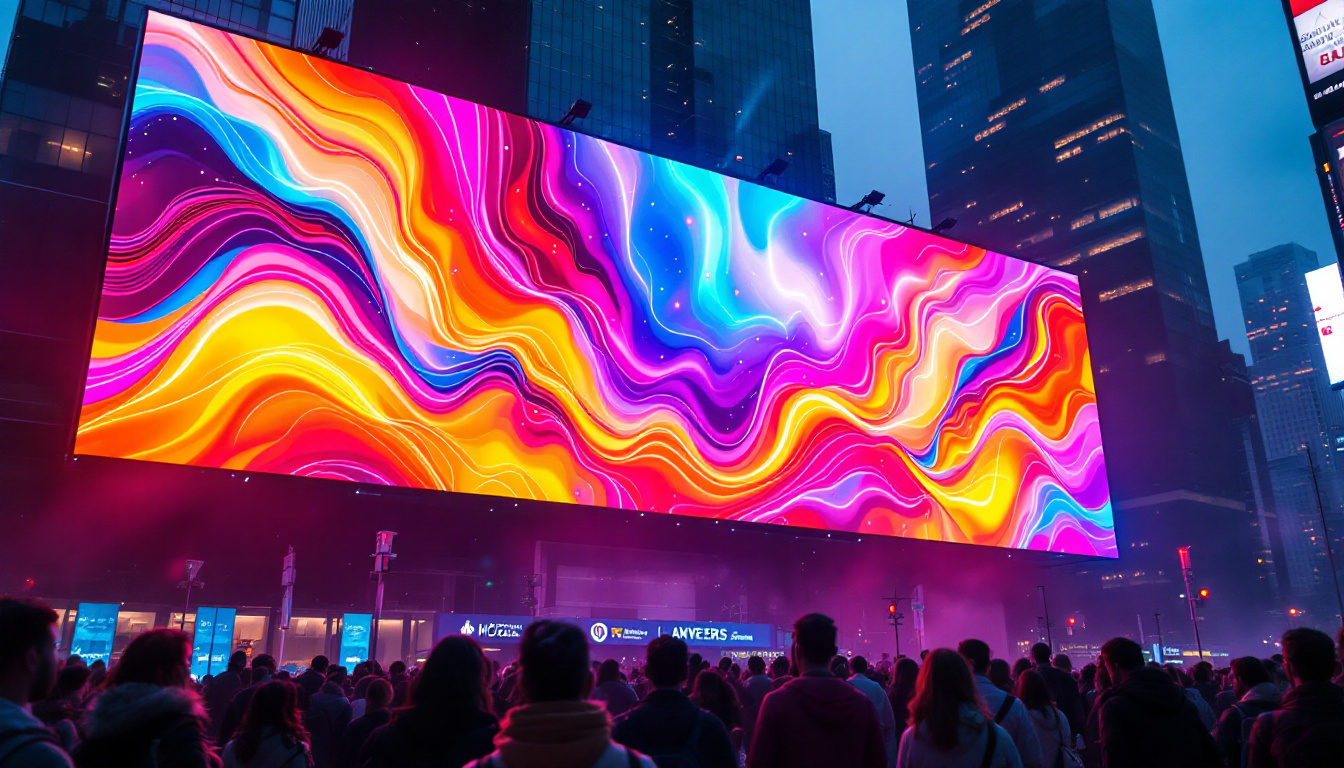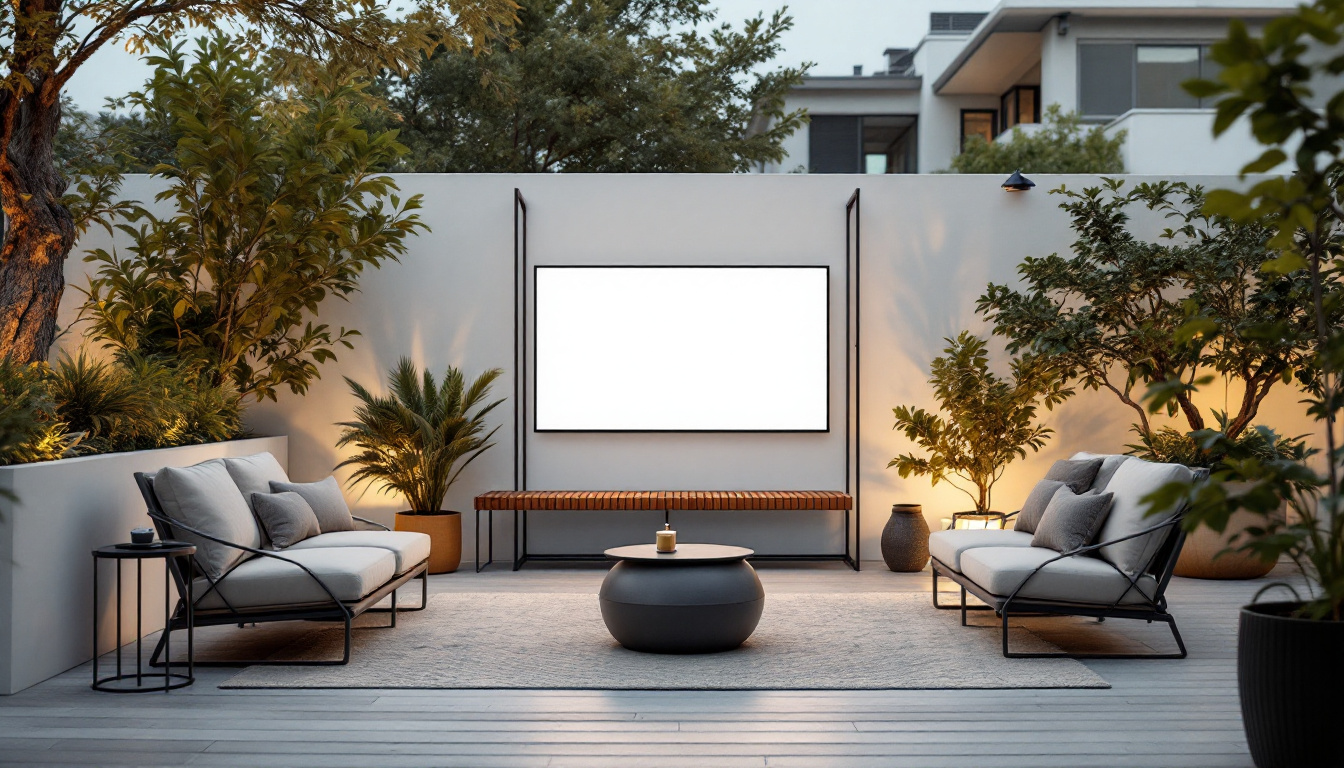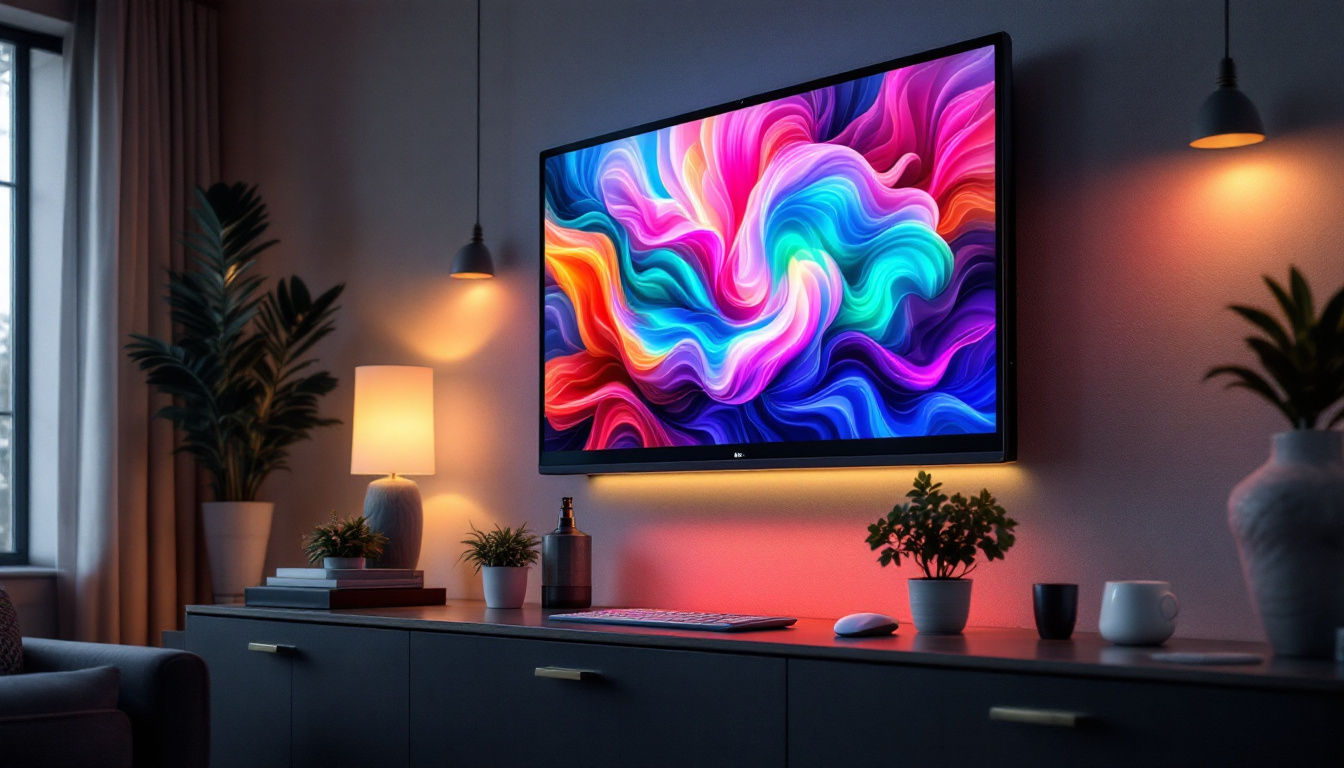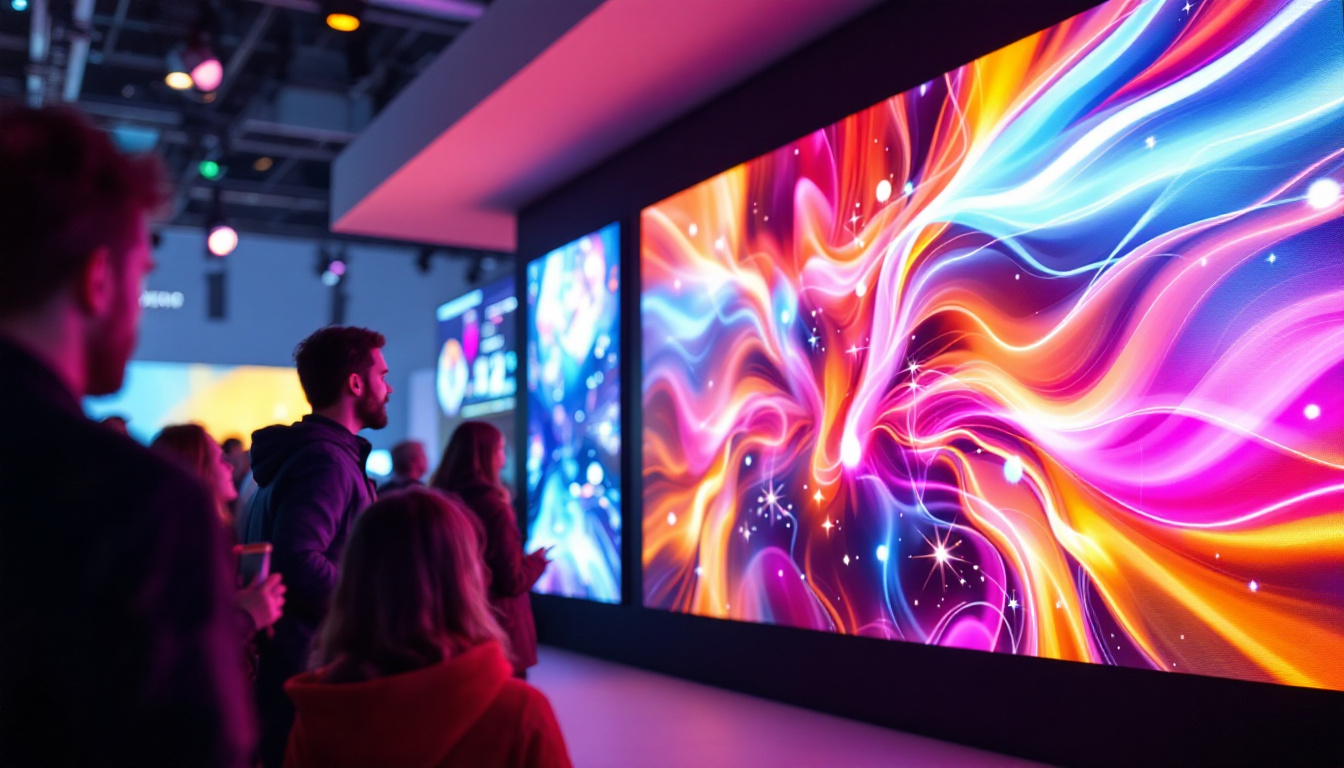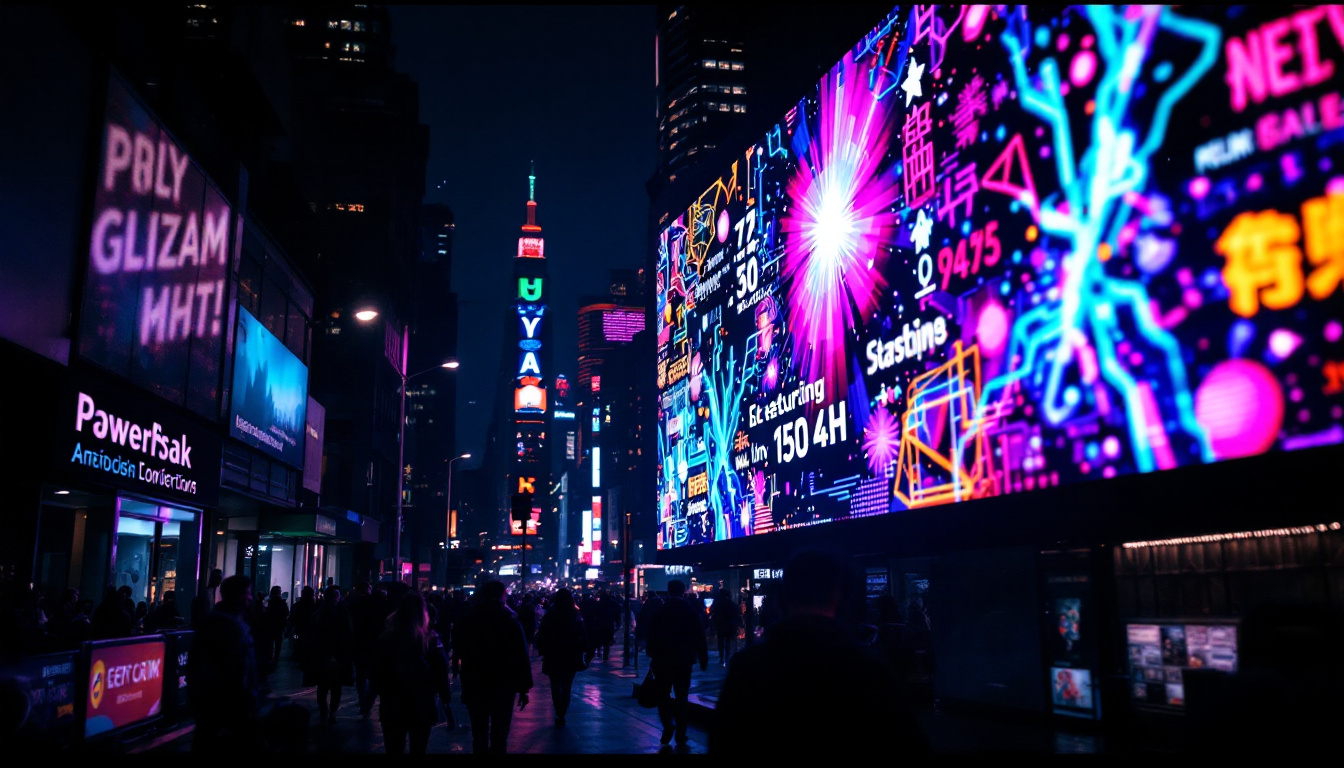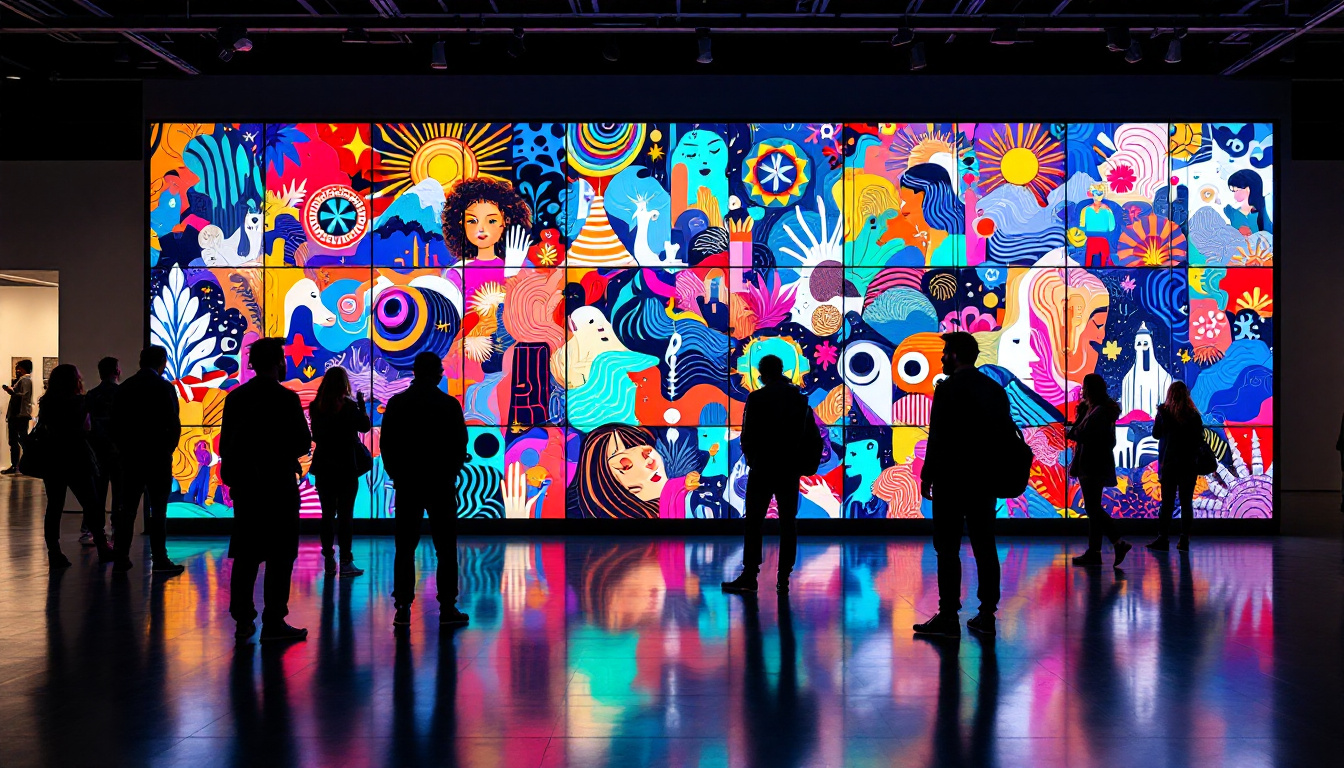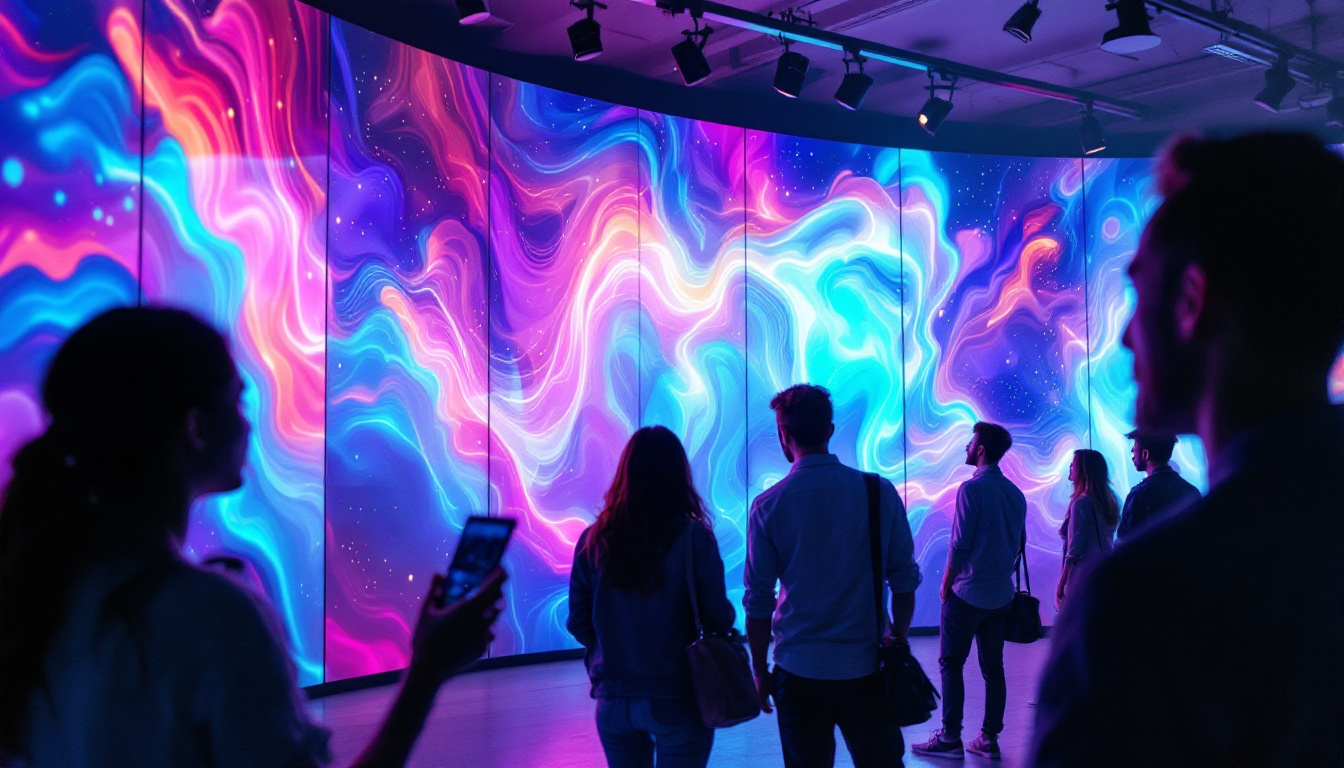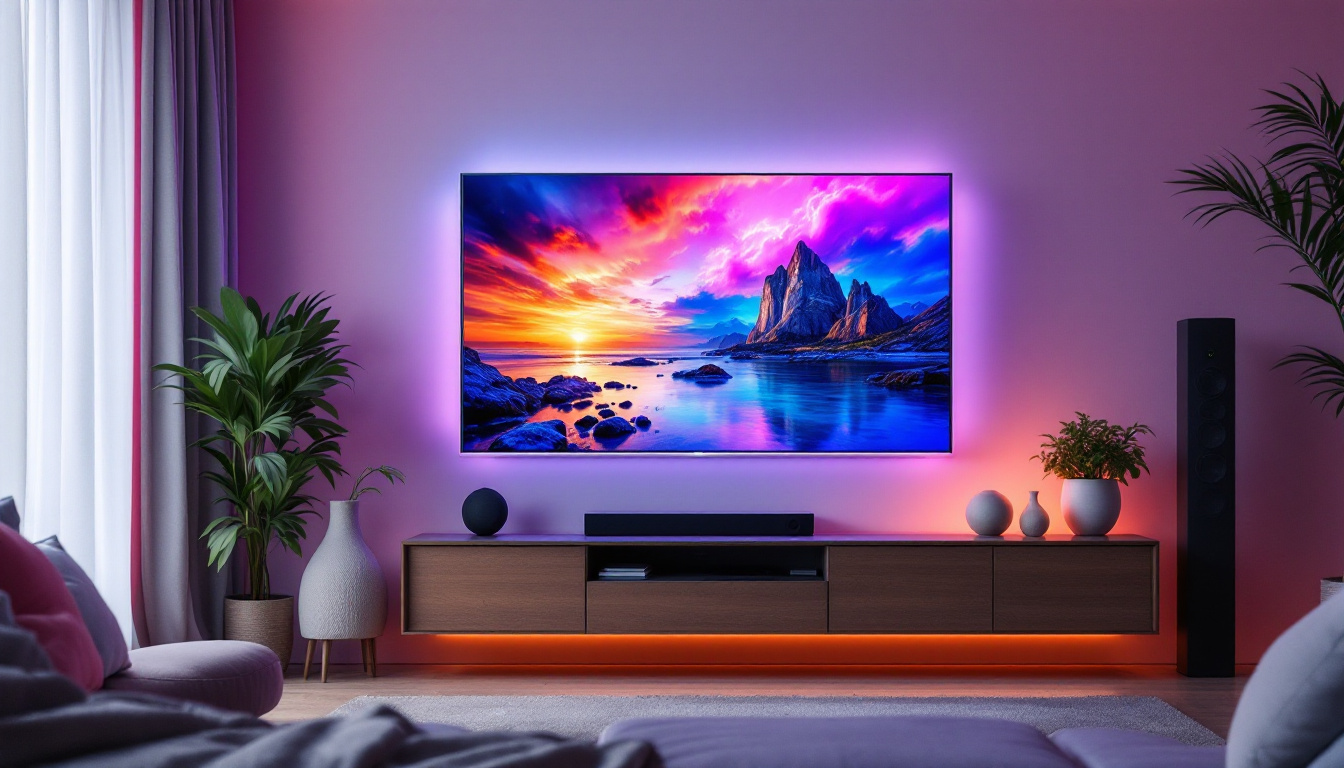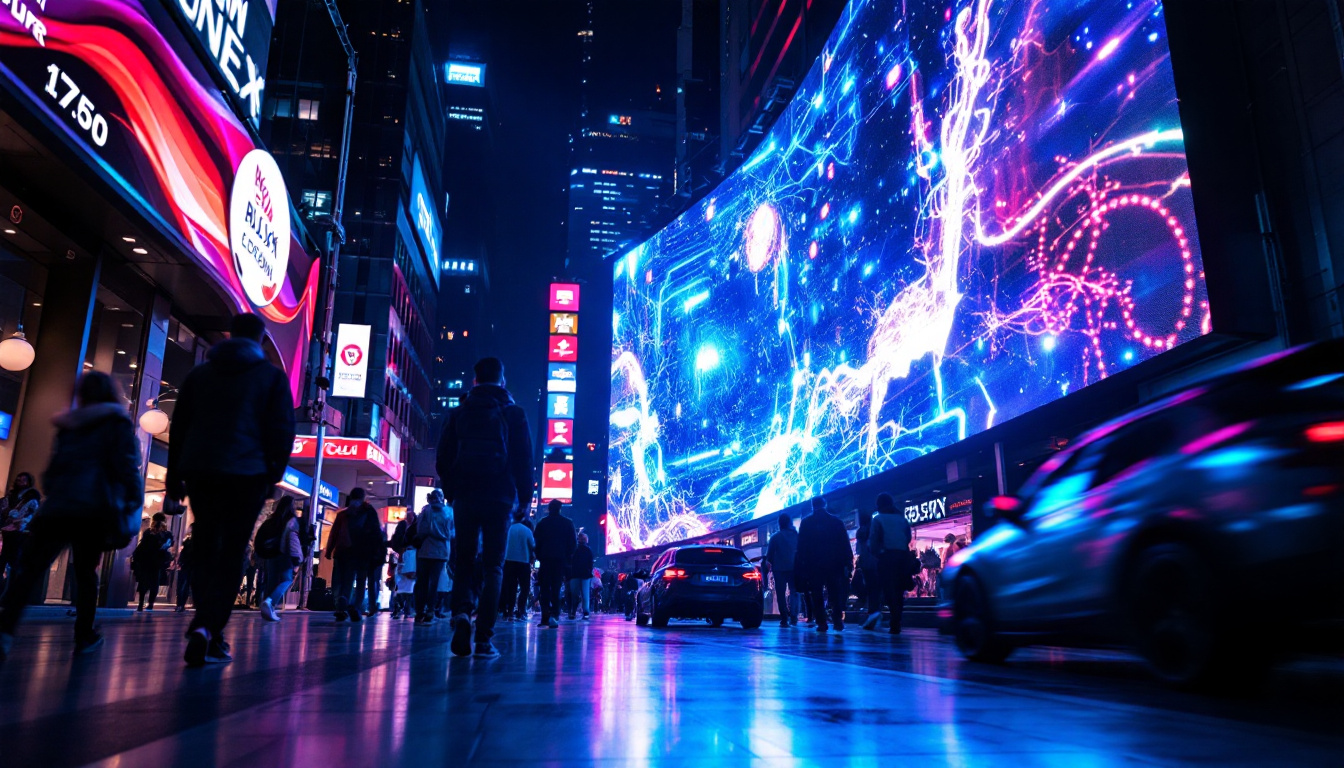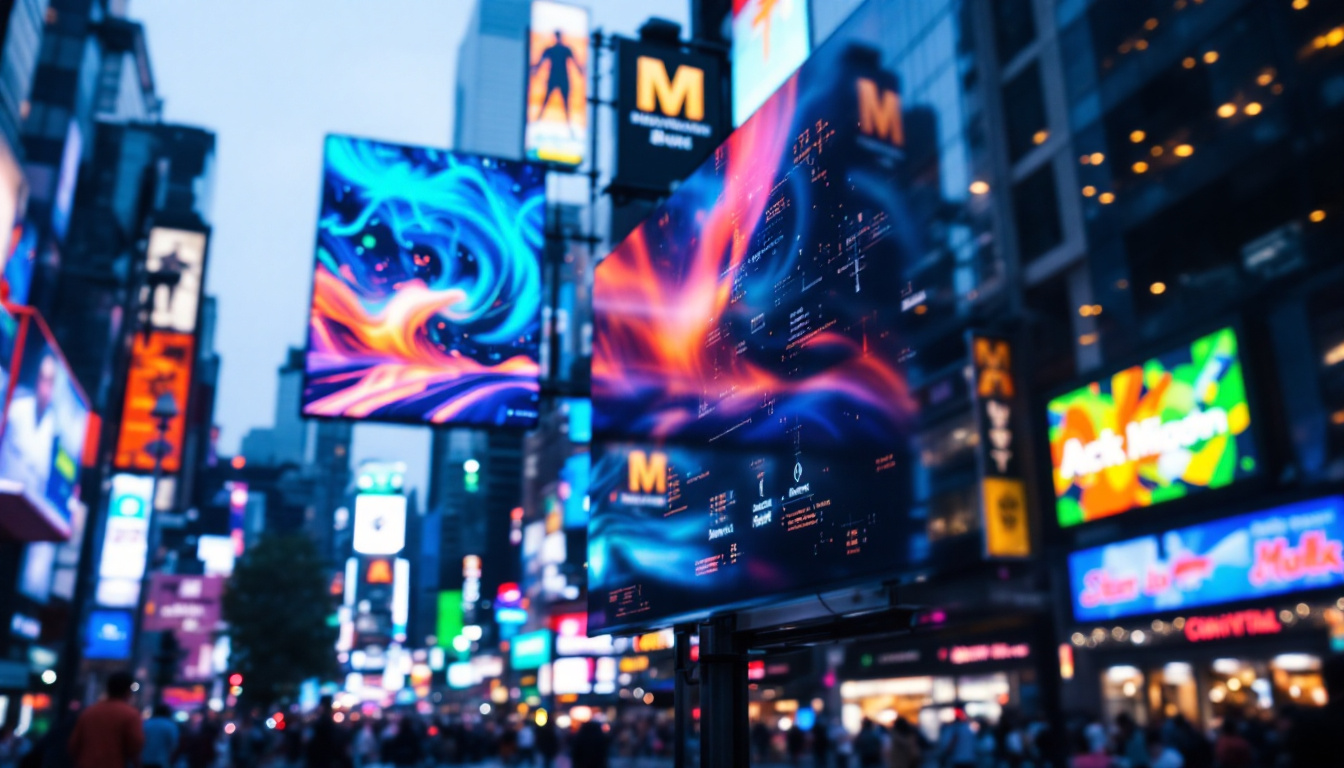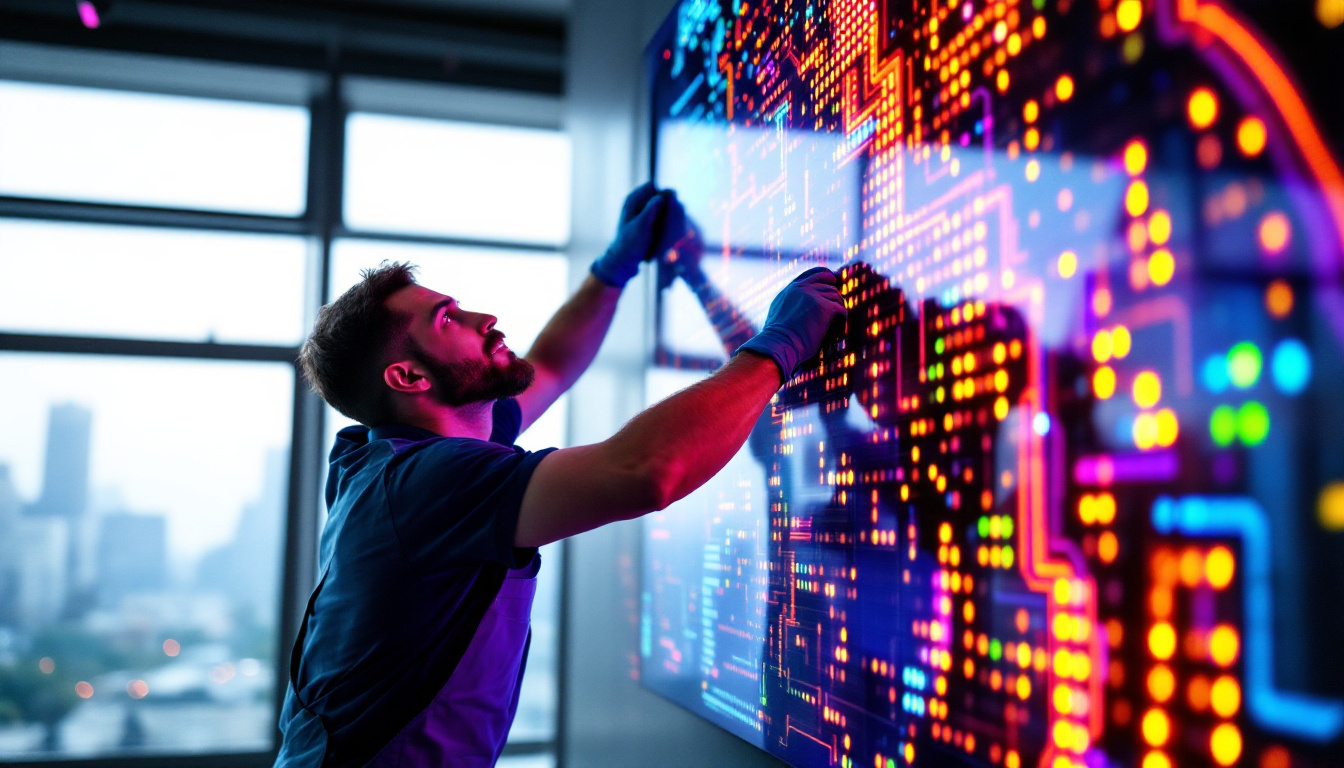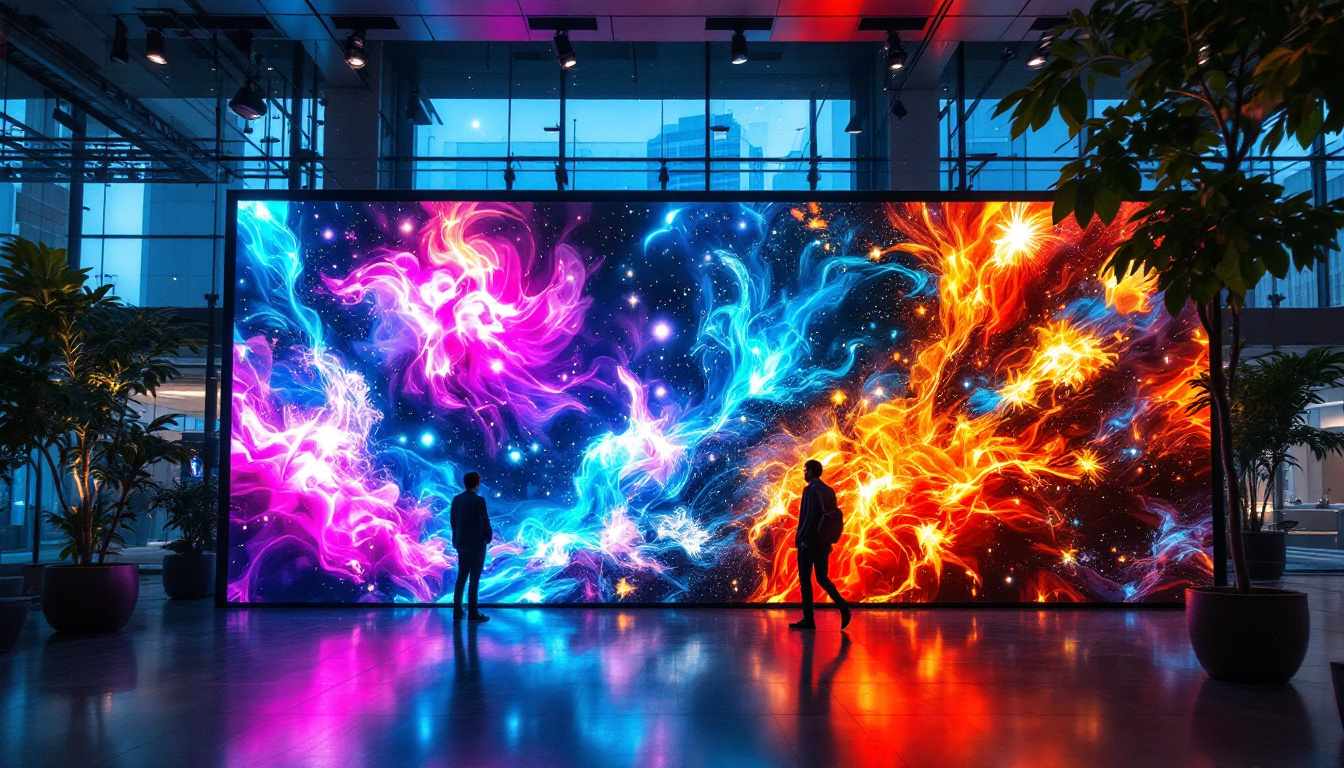In today’s digital age, outdoor monitors equipped with LED displays have become essential tools for businesses, municipalities, and event organizers. These vibrant displays not only capture attention but also convey important messages and advertisements effectively. Understanding how these LED displays work and their various applications can help organizations make informed decisions about their use.
What is an Outdoor LED Display?
An outdoor LED display is a large screen that utilizes light-emitting diodes (LEDs) to present information, images, and videos in an outdoor environment. Unlike traditional billboards, these displays can be updated in real-time, making them highly versatile for various applications. They are increasingly popular in advertising, entertainment, and public information sectors, providing dynamic content that can easily capture the attention of passersby.
Typically constructed with durable materials, outdoor LED displays are designed to withstand harsh weather conditions, including rain, snow, and extreme temperatures. Their high brightness levels ensure visibility even in direct sunlight, making them suitable for various outdoor settings. Additionally, many outdoor LED displays are equipped with advanced technology that allows for enhanced color accuracy and contrast, ensuring that the displayed content remains vibrant and engaging regardless of the time of day or weather conditions.
Key Components of Outdoor LED Displays
Outdoor LED displays consist of several essential components that contribute to their functionality and performance. These include:
- LED modules: The building blocks of the display, LED modules contain numerous tiny LEDs that emit light to create images and text. These modules can be configured in various pixel pitches, allowing for different resolutions and viewing distances.
- Control System: This system manages the content displayed on the screen, allowing for real-time updates and scheduling of advertisements. Advanced control systems can also integrate with analytics tools to track viewer engagement and optimize content delivery.
- Power Supply: A reliable power supply is crucial for maintaining consistent brightness and performance. Many outdoor displays also incorporate energy-efficient technologies, reducing operational costs and environmental impact.
- Enclosure: The protective casing that houses the display components, ensuring durability and weather resistance. These enclosures are often designed with ventilation systems to prevent overheating and to allow for easy maintenance access.
Types of Outdoor LED Displays
Outdoor LED displays come in various forms, each tailored for specific applications. The most common types include:
- Fixed LED Displays: These displays are permanently installed in a specific location and are ideal for advertising and information dissemination. They are often used in high-traffic areas such as shopping malls, stadiums, and public squares.
- Mobile LED Displays: Designed for portability, these displays can be transported to different locations, making them perfect for events and promotions. They are frequently used at concerts, festivals, and sporting events to provide real-time updates and entertainment.
- Digital Billboards: These large-scale displays are often seen along highways and in urban areas, showcasing advertisements to a wide audience. Digital billboards can rotate multiple ads in a single location, maximizing advertising space and revenue potential.
In addition to these types, there are also specialized outdoor LED displays designed for unique applications, such as scoreboard displays for sports venues or interactive displays that engage audiences through touch or motion sensors. The versatility of outdoor LED technology allows businesses and organizations to tailor their messaging in innovative ways, fostering greater interaction and connection with their target audiences. Furthermore, as technology continues to evolve, the integration of features such as augmented reality and artificial intelligence into outdoor LED displays is becoming more prevalent, opening up new avenues for creative advertising and engagement strategies.
The Benefits of Outdoor LED Displays
Outdoor LED displays offer numerous advantages that make them an attractive choice for businesses and organizations. Their benefits extend beyond mere aesthetics, impacting marketing effectiveness and audience engagement.
Enhanced Visibility
One of the standout features of outdoor LED displays is their brightness. With high lumen output, these screens are visible from great distances, even in bright sunlight. This visibility ensures that messages reach a larger audience, making them an effective advertising tool.
Dynamic Content
Unlike traditional static billboards, outdoor LED displays can showcase dynamic content. This includes videos, animations, and real-time updates, allowing businesses to convey more information in an engaging manner. The ability to change content quickly means that organizations can respond to current events, promotions, or seasonal changes with ease.
Cost-Effectiveness
While the initial investment in outdoor LED displays may be higher than traditional signage, the long-term cost savings are significant. Digital displays eliminate the need for printing and installation of new materials for every advertisement, reducing ongoing costs. Additionally, the ability to run multiple advertisements on a single display maximizes return on investment.
Applications of Outdoor LED Displays
Outdoor LED displays are versatile and can be utilized across various sectors. Their applications range from advertising to public service announcements, making them a valuable asset for many organizations.
Advertising and Marketing
Businesses use outdoor LED displays to promote products and services effectively. From retail stores to restaurants, these displays can attract customers with eye-catching visuals and timely promotions. The ability to change content frequently allows businesses to keep their messaging fresh and relevant.
Event Promotion
Outdoor events, such as concerts, festivals, and sporting events, benefit greatly from LED displays. They can be used to provide information about schedules, line-ups, and directions, enhancing the overall experience for attendees. Additionally, event organizers can display live feeds or highlight reels, further engaging the audience.
Public Information and Safety
Municipalities often use outdoor LED displays for public service announcements, traffic updates, and emergency alerts. These displays can convey crucial information quickly and effectively, helping to keep the community informed and safe. For instance, during severe weather events, LED displays can provide real-time updates on conditions and safety measures.
Technical Considerations for Outdoor LED Displays
When investing in an outdoor LED display, several technical factors must be considered to ensure optimal performance and longevity. Understanding these elements can help organizations make informed choices.
Pixel Pitch
Pixel pitch refers to the distance between the centers of adjacent pixels on an LED display. A smaller pixel pitch results in higher resolution and better image quality, making it suitable for closer viewing distances. Conversely, larger pixel pitches are more cost-effective for displays viewed from far away. Selecting the right pixel pitch is crucial based on the intended viewing distance.
Brightness Levels
Brightness is measured in nits, and outdoor LED displays typically range from 5,000 to 10,000 nits. Higher brightness levels are necessary for outdoor environments to ensure visibility in varying lighting conditions. It is essential to choose a display with adequate brightness to maintain clarity during the day and night.
Weather Resistance
Outdoor LED displays must be built to withstand environmental factors such as rain, snow, and extreme temperatures. Look for displays with an IP (Ingress Protection) rating that indicates their resistance to dust and moisture. A robust enclosure will protect internal components and prolong the display’s lifespan.
Installation and Maintenance of Outdoor LED Displays
The installation and maintenance of outdoor LED displays require careful planning and execution. Proper installation ensures the display operates effectively, while regular maintenance keeps it in optimal condition.
Installation Process
Installing an outdoor LED display involves several steps, including site assessment, structural support evaluation, and electrical setup. It is crucial to work with experienced professionals to ensure compliance with local regulations and safety standards. The installation team should also consider factors such as viewing angles and accessibility for maintenance.
Regular Maintenance
To ensure the longevity of outdoor LED displays, regular maintenance is essential. This includes routine inspections to check for any signs of wear or damage, cleaning the display surface to maintain brightness, and updating software as needed. Establishing a maintenance schedule can help prevent issues and extend the lifespan of the display.
Future Trends in Outdoor LED Displays
The outdoor LED display market is continually evolving, with advancements in technology leading to exciting new trends. Staying informed about these trends can help organizations leverage the latest innovations for their benefit.
Integration with Smart Technology
As smart technology becomes more prevalent, outdoor LED displays are increasingly being integrated with IoT (Internet of Things) devices. This allows for enhanced interactivity, such as real-time data feeds, audience engagement through mobile apps, and targeted advertising based on audience demographics.
Higher Resolution Displays
The demand for higher resolution displays is on the rise, driven by consumer expectations for superior image quality. As technology advances, manufacturers are developing displays with smaller pixel pitches, enabling crisper images and more detailed content. This trend is particularly significant for applications where close viewing is common.
Sustainability Initiatives
With growing awareness of environmental issues, many manufacturers are focusing on sustainability in their production processes. This includes using eco-friendly materials, energy-efficient components, and promoting recycling programs for old displays. Organizations looking to invest in outdoor LED displays should consider the environmental impact of their choices.
Conclusion
Outdoor LED displays have transformed the way information is communicated in public spaces. Their vibrant visuals, dynamic content capabilities, and versatility make them an invaluable tool for businesses and organizations alike. By understanding the technical aspects, applications, and future trends of outdoor LED displays, stakeholders can make informed decisions that enhance their marketing efforts and community engagement.
As technology continues to evolve, the potential for outdoor LED displays will only grow, offering new opportunities for creativity and communication. Investing in this technology can lead to significant benefits, ensuring that messages are not only seen but also remembered.
Discover LumenMatrix LED Display Solutions
Ready to elevate your outdoor communication with vibrant and dynamic LED displays? Look no further than LumenMatrix, a pioneer in LED display technology. Our extensive range of solutions, from Outdoor LED Wall Displays to Custom LED Displays, is designed to captivate your audience and amplify your message with unparalleled clarity. Embrace the future of visual storytelling with LumenMatrix and create unforgettable experiences. Check out LumenMatrix LED Display Solutions today and transform your brand’s visibility.

